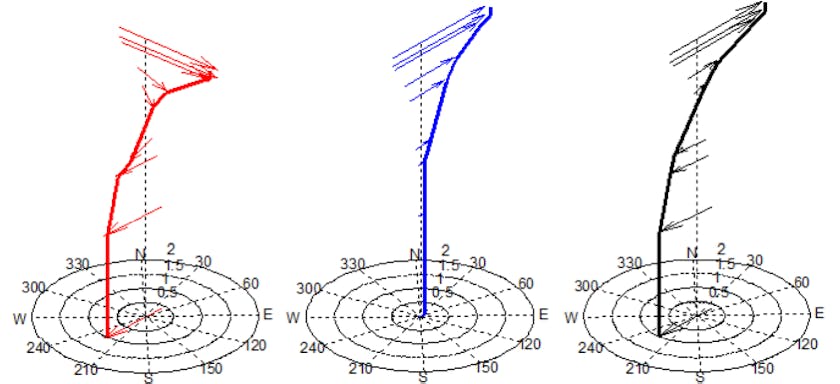Determining Fitness for Service of SCRs and Flowlines with Probabilistic Tools
EVENT: OMAE
1 Jun 2013
Inspection of deepwater risers for flaws or pits using ILI tools can be challenging. Some lines are designed as “non-piggable”, and it is not unusual for an inspection to be incomplete because of physical constraints. As with any measurement, there will be a degree of error. While deterministic conclusions cannot be reached based on such incomplete data sets, probabilistic methods can be used effectively to make judgments about fitness for service.
Commonly, different sections along a riser or flowline experience different fatigue spectra and extreme loads. Applying the loads from the sections with the highest loading to all flaws/pits can be too conservative. It is useful to employ statistical methods to assess the probability that a large defect occurs in a region with critical loads. These methods are especially useful when ILI data are incomplete or when estimates of damage must be made based on lines in similar corrosion environments.
Properties and parameters other than inspection findings have an element of uncertainty. Fracture toughness, yield stress, and fatigue crack growth rates will be known in terms of mean and standard deviation. Soil properties may be known in terms of upper and lower bound. Likewise, the uncertainty about service history and chemical environment. In such cases where fitness for service is based on the interaction of multiple random variables, Monte Carlo methods are appropriate for determining if the probability of failure is sufficiently low to tolerate. In the case of deepwater risers and flowlines where failure could result in loss of containment of hydrocarbons, permissible failure rates are on the order of 1E-5 to 1E-6 per year.
This paper examines a riser and a flowline case study. For each case, a fitness for service analysis is conducted using a Monte Carlo simulation to evaluate the probability of failure based on incomplete ILI data and statistical characterization of other pertinent parameters. The results are compared against the conclusions of deterministic analysis.
Author
David Saldaña
Senior Engineer, USA


